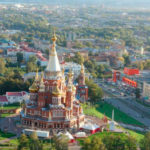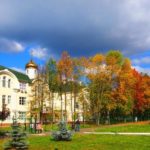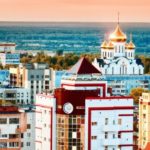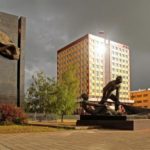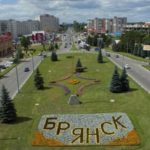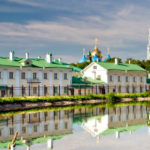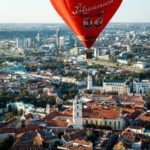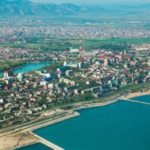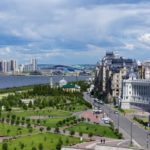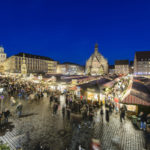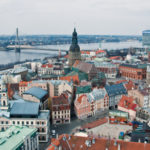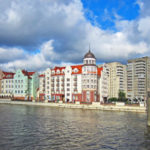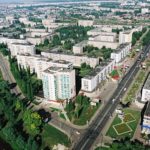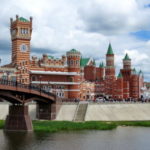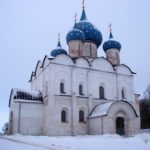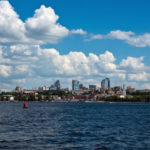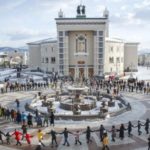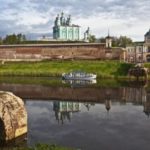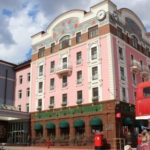Interesting facts about Tula
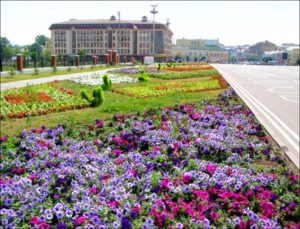 The hero city – Tula left an indelible mark on Russian history. The homeland of famous masters and gunsmiths abounds in memorable and interesting places that attract not only Russians, but also a lot of foreigners. Weapons, gingerbread and samovars – all this can rightfully be called the symbols of Tula. Of course, local residents have long been accustomed to the city in which they live … However, even without its historical heritage, Tula is an important city in every respect, in which almost half a million people live.
The hero city – Tula left an indelible mark on Russian history. The homeland of famous masters and gunsmiths abounds in memorable and interesting places that attract not only Russians, but also a lot of foreigners. Weapons, gingerbread and samovars – all this can rightfully be called the symbols of Tula. Of course, local residents have long been accustomed to the city in which they live … However, even without its historical heritage, Tula is an important city in every respect, in which almost half a million people live.
Tula was first mentioned in the annals in 1146, which makes it one of the most ancient Russian cities.
Over 300 monuments of architecture, town-planning and history, preserved in Tula, are an important part of the world cultural heritage.
Tula is known for its gingerbread, weapons and samovars. A separate museum is dedicated to each of these directions in the city.
The oldest building in the city is the Tula Kremlin, built by Italian architects in the 16th century. In 2020, there will be a large-scale celebration of the 500th anniversary of this fortress.
In the estate “Yasnaya Polyana” near Tula there is a house-museum of one of the greatest Russian writers Leo Tolstoy, who lived here for more than half a century. Here is the grave of the writer.
The ecological situation in Tula is called one of the worst in Russia, as there are more than 200 different enterprises and industries in the city.
The Central Park of Culture and Recreation named after Belousov has a monument to its founder, Peter Belousov. This is the only monument in Russia to a medical doctor. Poet Sergei Yesenin called this park, broken at the site of the landfill, “the best that is in Tula.”
The first city transport appeared in Tula in 1888 – the horse railroad connected the Kiev outpost with the railway station.
For the construction of Lenin Square in Tula in the 1970s, several blocks of two- and three-story houses were demolished. There is a plan for the partial restoration of the old street and its construction.
At the Chulkovsky cemetery in Tula, the chief mechanic of the Surnin arms factory was buried, which became Levshy’s prototype in the eponymous novel by Nikolai Leskov.
The Tula Museum of Arms is one of the oldest in the country, collecting interesting items for it started according to the decree of Peter I.
The State Circus of Tula became one of the first such institutions opened in Russia – this happened in 1870. Although the original building did not survive, the circus still belongs to the top ten arenas in Russia.
In the Tula exotarium, which is now the RAS research laboratory, collected the world’s largest collection of snakes – it includes over 524 species and subspecies of these reptiles.
Tula is the birthplace of the famous actors Vyacheslav Nevinny and Vladimir Mashkov, as well as the actress Maria Uspenskaya, who was nominated for an Oscar.
Tula is one of the cities-heroes of Russia, awarded this title for providing the Russian army with weapons and military equipment. Tula armourers in the most difficult conditions for 1,5 months collected more than 1100 rifles for snipers and 400 machine guns. They also managed to return more than 300 tanks, artillery guns and other machines.
The weapons factory was built in Tula by order of Peter I for the victory in the war with the Swedes.
At the beginning of the 20th century, more than fifty samovar factories were working in Tula, which annually produced about 440,000 samovars.
In Tula, they produced special gingerbread, the shape for baking was cut out and then stood for several decades. After in the form of baked a single gingerbread, worthy of the title of unique. On one of the gingerbreads, Emperor Nicholas II was sealed, or rather his profile – a delicacy was made especially for his coronation.
The traditional Russian accordion appeared in Tula.
The heaviest Tula gingerbread weighed 16 kilograms (1 pood), and the smallest one – 50 grams.

